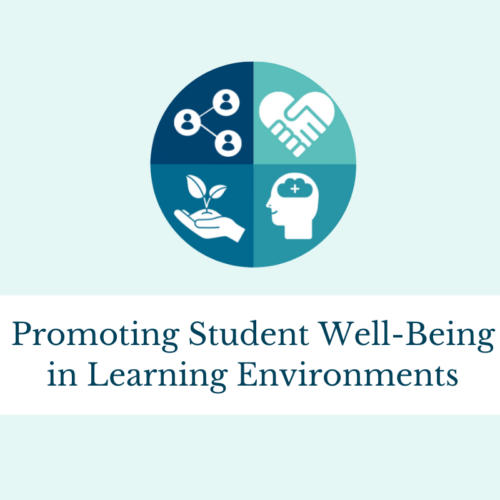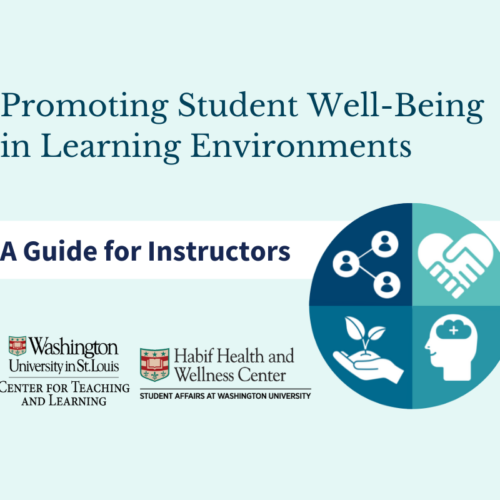Ways to Make Your Teaching More Inclusive
“Besides teaching content and skills in your discipline, your role is to help students learn. And not just some students,” write Viji Sathy, Ph.D., teaching associate professor of psychology and neuroscience and an administrator in the office of undergraduate education at the University of North Carolina at Chapel Hill, and Kelly A. Hogan, Ph.D., associate dean of instructional innovation and a STEM teaching professor in biology at the University of North Carolina at Chapel Hill, in a recent feature in The Chronicle of Higher Education. The article focuses on ways that instructors can teach more inclusively.
The story includes three principles of inclusive teaching: “Inclusive teaching is a mind-set,” or asking yourself while making a teaching decision if someone will be left out from that approach, “The more structure, the better for all students,” or sharpening the structure of your assignments, tests, and syllabi to make sure they’re inclusive of all students, and “Too little structure leaves too many students behind,” or designing courses to facilitate student learning.
The article also details five ways to interact inclusively with students: “Get comfortable with periods of silence in your classroom,” or giving students time to think; “Add structure to small-group discussions,” or assigning roles and teaching students how to participate in small groups; “Allow anonymous participation,” or implementing low-tech and high-tech anonymous participation strategies to encourage participation; “Counteract self-perceptions that stunt student learning,” or addressing fixed mind-set and impostor syndrome in students; and “Connect with students personally,” or learning their names and modeling sharing pronouns.
“When we as faculty members include more students in the learning, we empower them to achieve and show that we care about them and their sense of belonging,” write Dr. Sathy and Dr. Hogan in the article. Check out the full story for more inclusive teaching tips and resources.





